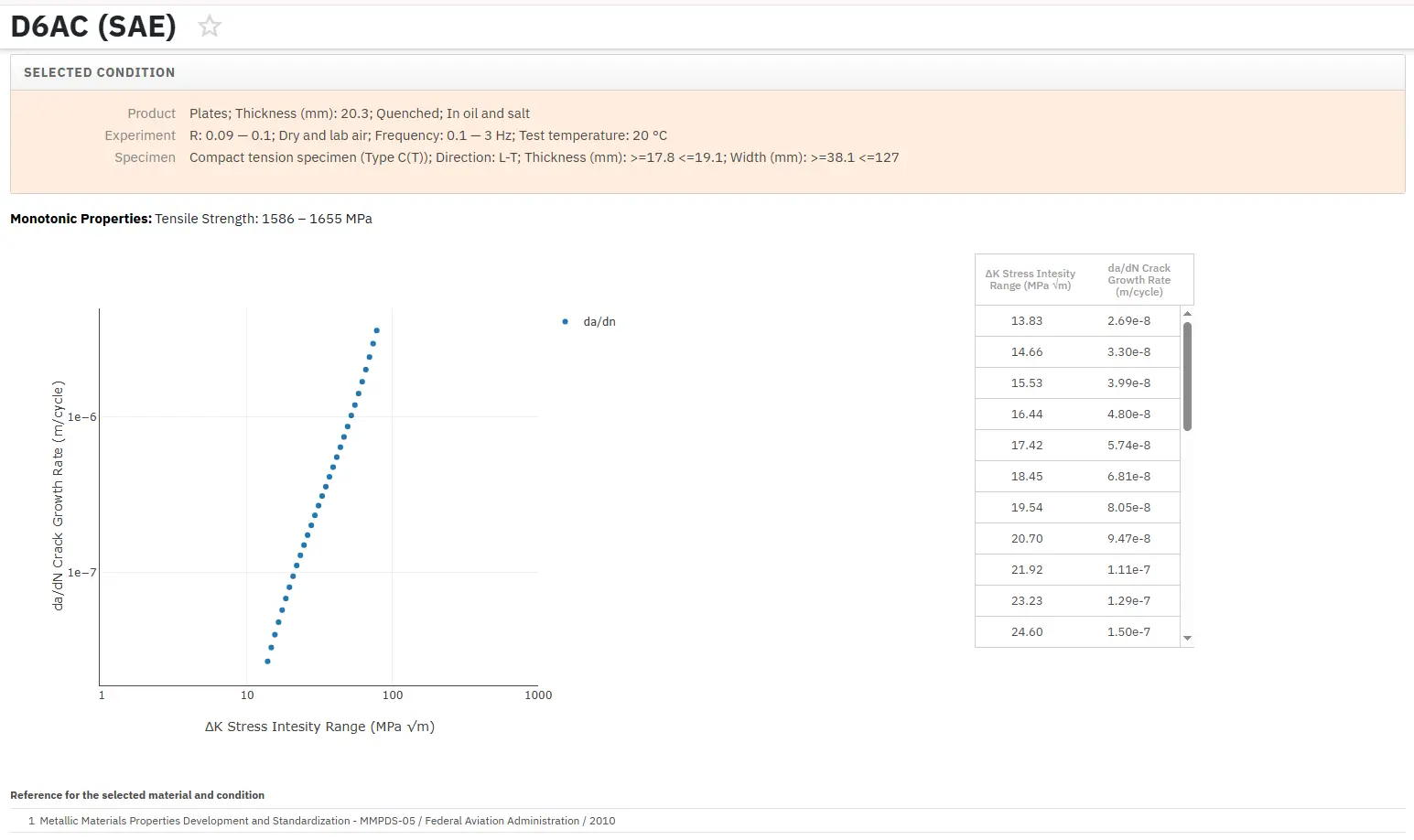Tungsten Carbide Metals: Part Two
Abstract
By definitions composite materials consist of two or more materials which have clear distinction and different chemical composition.
Tungsten composite powders can be made by a number of technological techniques ranging from reduction of cobalt oxide mixtures to the precipitation of colbalts onto the tungsten carbide surface.
Composite materials, as described in literature, consist of two or more components which have different chemical composition and are separated from one another in the material by distinct boundaries.
For tungsten composite powders several technological approaches have been reported:
- Preparation of WC-Co composites by direct reduction or - carburization of tungsten and cobalt oxide mixtures.
- ‘Precipitation’ of cobalt onto the tungsten carbide surface by chemical vapour deposition, direct reduction of cobalt ions from solution onto WC and deposition of cobalt precursors from solution onto WC surface followed by subsequent reduction.
- Manufacturing of tungsten copper composite powders by direct reduction of tungsten copper composite oxides where the tungsten phase substantially encapsulates the copper phase.
- Tough coated hard powders where a covalent hard material is coated by tungsten carbide and surrounded by a cobalt layer via complex PVD- and CVD-processes in a rotary reactor.
On the other hand, the incorporation of hard carbide particles is a good method for increasing hardness and stiffness of the tetragonal zirconia poly-crystals. Additionally, the presence of inclusions causes new toughening mechanisms to operate. It leads to the higher fracture toughness than that of a zirconia matrix. Within this category of composites the TZP–WC system shows very good mechanical properties. Previous investigations of this system were performed, using pressureless sintered samples. They gave good results for materials containing not more than 20 vol.% of the carbide additive. Using the hot-pressing technique, almost a full densification of the systems containing even 50 vol.% of tungsten carbide was obtained.
In the paper of Z. Pȩdzich et al. investigates the incorporation of hard carbide particles for increasing hardness and stiffness of the tetragonal zirconia poly-crystals with tungsten carbide. Two kinds of the tungsten carbide powders were applied in zirconia matrix composites. The commercially available tungsten carbide powder, marked in this paper as WC-1, and the same powder, but intensively ground in the rotation–vibration mill (marked as WC-2). Characteristics of the starting powders are given in Table 1.

Table 1: Characteristics of the powders used for manufacturing of the composites
Note: S- specific surface area measured by the BET method; DBET-6/Sρ, where ρ is the physical powder density.
The homogenization of the oxide and carbide powders was performed by 1-h attrition milling in ethyl alcohol using 2 mm Y-TZP balls as the grinding media. Volume fractions of the carbide additives were changed from 10 to 50 vol.% in the case of WC-1 and from 10 to 30 vol.% in the case of WC-2.
Dry powders were placed in a carbon die and hot pressed at 1400°C in the flowing argon atmosphere, using 40-min soaking time. The pressure was 25 MPa. Cylindrical samples of 25 mm diameter and 10 mm thickness were prepared by means of this procedure. Bulk densities of the samples were determined by the Archimedian method. Relative densities were estimated using densities of the composite components; 6.1 g/cm3 for zirconia solid solution and 15.7 g/cm3 for tungsten carbide.
Table 2 contains the data of densification, hardness and fracture toughness of the zirconia matrix and composites. These data show that coarse carbide particles (WC-1) allow higher relative density of the composites to be achieved. This effect is observed in the particulate composites, containing a rigid inclusion in a sinterable matrix. The volume fraction of the added carbide influences significantly the hardness of the material. Yet the effect of the particle size on the hardness of the composites is the most distinct. The materials with fine WC-2 particles are much harder than those with coarse WC-1, in spite of the fact that relative densities of the composites with fine particles are lower by about 1%.

Table 2: Densification, hardness and fracture toughness of the zirconia matrix and composites
Read more
Access Fracture Mechanics Properties of Thousands of Materials Now!
Total Materia Horizon includes a unique collection of fracture mechanics properties such as K1C, KC, crack growth and Paris law parameters, for thousands of metal alloys and heat treatments.

Get a FREE test account at Total Materia Horizon and join a community of over 500,000 users from more than 120 countries.